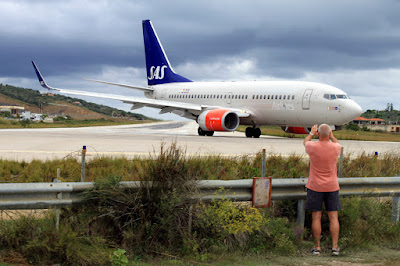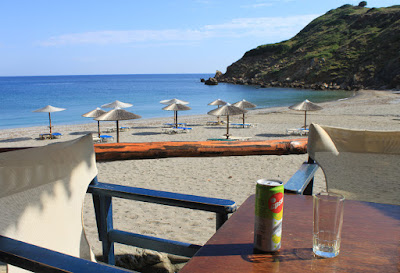Thank goodness. The late evening fog of Friday had gone by 0600 on Saturday so I set off to meet Andy at Oakenclough for my first ringing session since returning from Skiathos.
Andy visited the ringing site while I was away and kept up the tally of Siskins and Lesser Redpolls as well as ringing a number of migrant Goldcrest.
Goldcrests featured again today in our catch of 38 birds comprising 14 Goldcrest, 5 Chiffchaff, 7 Chaffinch, 6 Great Tit, 2 Goldfinch, 2 Coal Tit and singles each of Blue Tit and Robin.
Goldcrest
Chiffchaff
I didn’t take many pictures this morning because the initial bright skies lasted about an hour and a half before a clammy and all-enveloping mist rolled in from the north. Until that time we’d seen evidence of visible migration in the form of Mistle Thrushes, Chaffinches and Meadow Pipits overhead and heading due south. We also caught most of the birds during that time but once the curtain of mist arrived migration stopped. Birds don’t generally move much during misty or foggy weather but simply wait around until conditions improve and they can see where they are going.
The fog put paid to any birding ambitions except for singles of Pied Wagtail, Grey Wagtail, Great-spotted Woodpecker, Siskin, Sparrowhawk and a single Swallow.
Driving off the still misty site at midday I noted 12+ Mistle Thrushes further into the plantation and feeding on rowan berries but away from our netting area. The thrushes had clearly made unseen landfall during the fog and mist.
Mistle Thrush
The blog header has changed to a picture of a Yellow Wagtail taken in Greece last week. There will be more pictures of Yellow Wagtails and other Skiathos birds very soon, so stay tuned to Another Bird Blog.
Linking this post to Anni's Birding Blog.
Linking this post to Anni's Birding Blog.
























































.jpeg)








.jpg)












